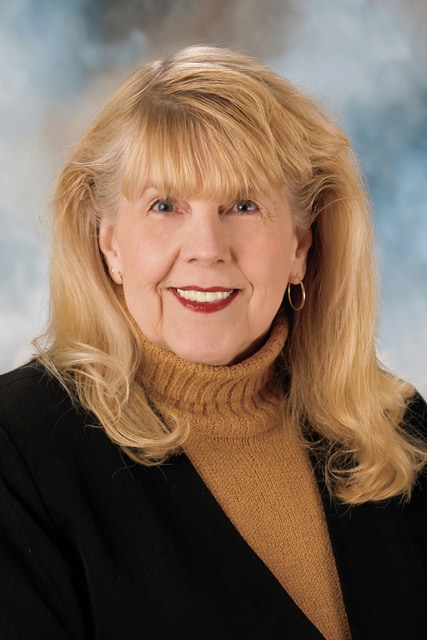
The first soldier killed in the Korean War has never been identified and is believed to have been killed eight hours before Kenneth R. Shadrick, who war correspondent Marguerite Higgins erroneously identified as the first KIA.
Shadrick, one of 10 children, died at age 18 on July 5, 1950. Born in Harlan County, KY, in 1931, the son of a coal miner, he dropped out of Pineville High School and joined the Army at age 17 after someone stole his football uniform. His father Theodore, had purchased it since the school had no money for uniforms. Theodore is reported to have said that the person who stole that uniform was responsible for his son’s death.
Two counties north of Harlan County in southeastern Kentucky is Floyd County, where another young boy, Weldon Oakley, whose father was also a coal miner, has a story that differs from Shadrick’s: he got to live. Oakley graduated from high school with 20 other students. Like all the 11 boys in his class, he had a choice: the coal mines or the military. All opted for the military.
When Oakley was 11 years old, his father, a World War I Navy veteran died at age 43 of black lung. He left eight children behind; except for Oakley’s older brother, Austin, who was in the Navy, the Army, served in World War II, the Korean War and the Vietnam War; and an older sister, Naomi, who was already married.
“I wish I’d had Dad to grow up with. He carried a pistol and worked to help organize the (United Mine Workers of America). We had pictures of two men hanging on the walls in our house: John L. Lewis and FDR,” Oakley said.
“I was born in a company house, went to a two-room school and graduated from high school at age 17. Twelve days after I turned 17, I joined the Army. Went to Fort Knox for 13 weeks of basic training, made $75 a month and sent $30 each month home to Mom,” said Oakley.
“Next, I went to Fort Belvior, VA, for engineering training, but before we completed, Gen. MacArthur ordered the training be stopped and that we be sent to Korea for the invasion of Inchon in September of 1950. The Marines and the Army went in first, and as a member of the 58th Engineer Treadway Bridge Company, we followed to build pontoon bridges and haul Quonset huts. I’d been in Korea three months when I got a letter from my mom telling me that I had received my draft notice,” he laughs, then comments on the intricacies and errors in the federal government.
In Korea, Oakley reports, “I asked myself, ‘What have I got into?’ North Koreans were always shelling us, kinda got numb to it. In November of 1950, MacArthur said we’d be home by Christmas.”
Students of American history know that such optimism was unwarranted. Chosin Reservoir came next for Oakley in a 17-day battle where 120,000 Chinese came out of Manchuria. Allied forces were outnumbered and thousands were wounded, killed or had frozen feet. In this part of the war, Oakley was driving a 2 ½-ton truck and his job was to transport Chinese prisoners.
With a chuckle, Oakley says, “They were surrendering. They were cold, too. And they didn’t want to be there. Some had been yanked out of school to serve, and one told me he had nothing against Americans.”
The smile turns grim as he says, “At Chosin, trailers of dead Marines, piled on top of each other. If it hadn’t been for the Marines, I wouldn’t be sitting here. The Marines are a well-trained bunch of men, and I don’t know who takes more kidding, a hillbilly or a Marine.”
That balance that Oakley demonstrates as he relates his war experience says something about survival in and after combat. With that mountain accent that has not left him in all the years since he left Kentucky, Oakley continues his story. From Chosin Reservoir, his unit went down to the Port of Hungnam to load equipment onto LSTs and “What we couldn’t load, we blew up. And then it was back to the Port of Pusan to unload equipment and back to the 38th parallel, to repair bridges as we waited to be rotated out.”
In October of 1951, Oakley left Korea for Yamaha, Japan, where he boarded a troop ship for Seattle and from there to Fort Knox and finally home to Garrett, KY. At Garrett he sold and delivered appliances and did other odd jobs before he headed north, which so many Appalachians have always done, and went to work at Alcoa in Sidney, Ohio. This was in 1956, and he retired from Alcoa in 1991 after 35 years of service.
His decades of support of the military are overwhelming, and now he’s in charge of the military services for deceased veterans in Sidney, Ohio. Oakley indicates, “I fly my flag every day. I love my country. It’s in my blood.”
Like many Korean War veterans, Oakley has observations about this period in American history: “It was a war, not a police action or a conflict. There were people calling the shots who didn’t know what they were doing. When we came home from war, there were no parades. We went to work and from time to time someone would say, ‘Where you been?’”
To attempt to ameliorate this oversight, Edison State Community College will host a program on Nov. 10 at noon at the college theatre. Oakley and Korean War veterans Fred Shively and Don Motter will tell their stories, have table displays, and respond to questions.




